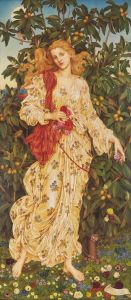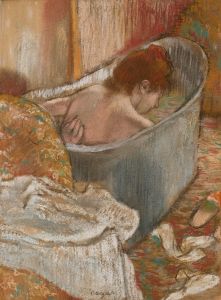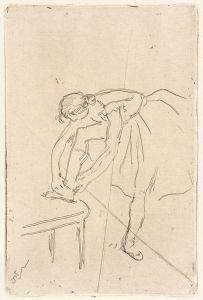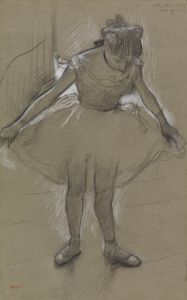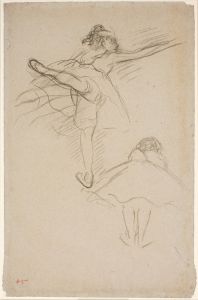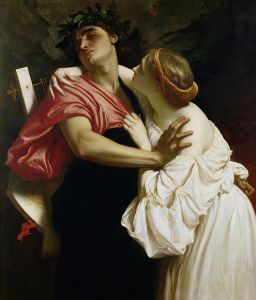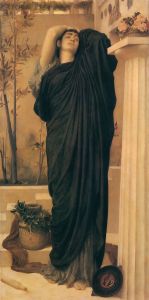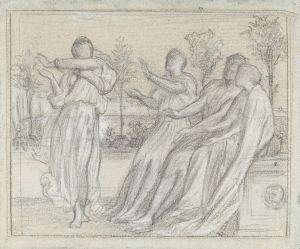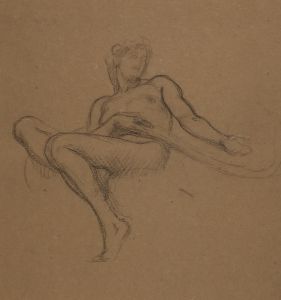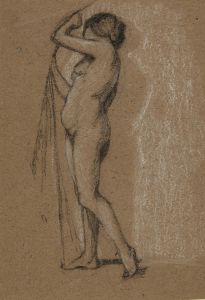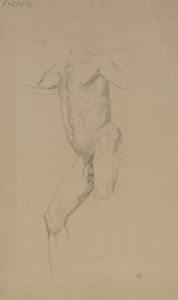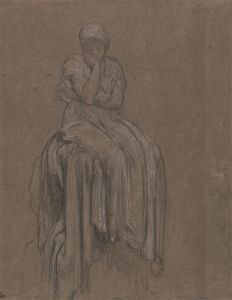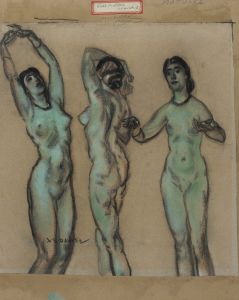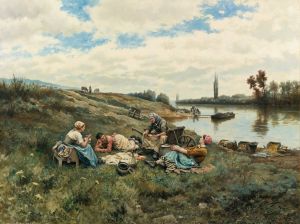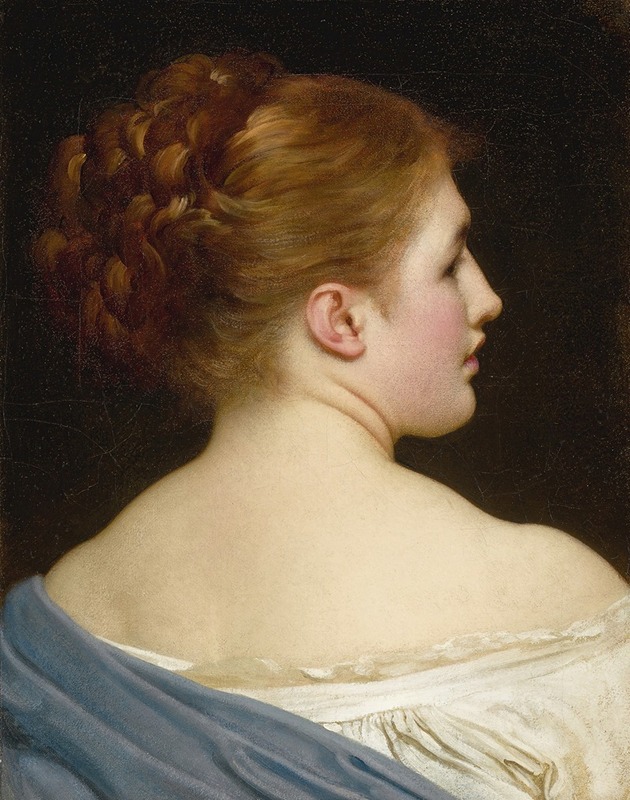
Lily
A hand-painted replica of Frederic Leighton’s masterpiece Lily, meticulously crafted by professional artists to capture the true essence of the original. Each piece is created with museum-quality canvas and rare mineral pigments, carefully painted by experienced artists with delicate brushstrokes and rich, layered colors to perfectly recreate the texture of the original artwork. Unlike machine-printed reproductions, this hand-painted version brings the painting to life, infused with the artist’s emotions and skill in every stroke. Whether for personal collection or home decoration, it instantly elevates the artistic atmosphere of any space.
Frederic Leighton, an eminent British artist of the 19th century, is renowned for his contributions to the Victorian art scene, particularly through his association with the Aesthetic Movement. Among his notable works is the painting "Lily," which exemplifies his mastery in capturing beauty and form. Although specific details about the painting "Lily" are scarce, Leighton's broader body of work provides context for understanding his artistic approach and significance.
Frederic Leighton was born on December 3, 1830, in Scarborough, England. He received his artistic education in Europe, studying in cities such as Florence, Frankfurt, and Paris, which greatly influenced his style. Leighton was a central figure in the Aesthetic Movement, which emphasized art for art's sake, focusing on beauty and visual pleasure rather than moral or narrative content.
Leighton's works often feature classical themes, drawing inspiration from ancient Greek and Roman art. His paintings are characterized by their meticulous attention to detail, vibrant colors, and graceful compositions. Leighton was adept at portraying the human form, often depicting figures in serene and contemplative poses.
"Lily" is believed to be one of Leighton's many explorations of beauty and form, although specific information about the painting, such as its creation date or current location, is not readily available. However, it is consistent with Leighton's oeuvre, which frequently includes portraits and studies of individual figures, often women, depicted with an emphasis on elegance and poise.
Leighton's artistic achievements were recognized during his lifetime, and he held several prestigious positions. He was elected President of the Royal Academy of Arts in 1878, a position he held until his death. In 1896, he was ennobled as Baron Leighton of Stretton, becoming the first artist to be granted a peerage. His contributions to art were celebrated, and he was a central figure in the British art world of his time.
Leighton's legacy extends beyond his paintings. His former home, Leighton House in Kensington, London, is now a museum dedicated to his life and work. The house itself is a testament to his artistic vision, featuring elaborate interiors and a collection of his works and those of his contemporaries.
In summary, while specific details about the painting "Lily" are limited, Frederic Leighton's reputation as a master of beauty and form is well-established. His contributions to the Aesthetic Movement and his role in the Victorian art scene underscore his significance as an artist. Leighton's work continues to be celebrated for its elegance and technical proficiency, and his influence endures in the appreciation of 19th-century British art.





